Anaemia affects every second adolescent girl and women aged 15–49 years in South Asia. Anaemia stifles potential, productivity and entire economies, costing the South Asia region US$32.5 billion each year. Despite years of effort, progress has been uneven, with some communities still facing alarmingly high anaemia rates. Nepal is no exception. Nepal has made steady national gains, but the burden remains high affecting one third of women 15-49 years. Yet, quietly and often unnoticed, remarkable successes are unfolding in regions that face the toughest odds. Some provinces have made remarkable progress, while others have stagnated or worsened.
Amid these challenges, Karnali province has emerged as a remarkable success story. Despite its remoteness and deep poverty—where nearly half the population lives in rural areas and 87% of rural households are among the poorest—Karnali has achieved some of the fastest declines in anaemia nationwide. This positive outlier shows that with targeted action and local leadership, real change is possible even in the most disadvantaged settings.
A Surprising Success Story
According to the Nepal Demographic Health Survey, between 2016 and 2022, Karnali reduced anaemia among women of reproductive age by 14 percentage points – nearly double the national average decline. In contrast, provinces like Lumbini saw no improvement over the same period. Even more striking, the decline in Karnali has been equitable with reduction by 15 percentage points in richest households and 14 percentage points among poorest households. By 2030, projections suggest that Karnali could have the lowest anaemia rates in the country, if current efforts are sustained (unpublished).
What’s Driving the Change?
So, what makes Karnali different? Several factors seem to be working together to produce this remarkable progress.
-
Strong Local Dietary Practices
In many Karnali households, green leafy vegetables are a daily staple. Local varieties like latte (amaranth leaves), pani (water spinach), sisnu (stinging nettle leaf) and wild greens such as bethe, dhokayo are rich in iron, folic acid, and beta-carotene. Unlike other parts of Nepal, tea consumption is low, which helps because tea can block iron absorption.
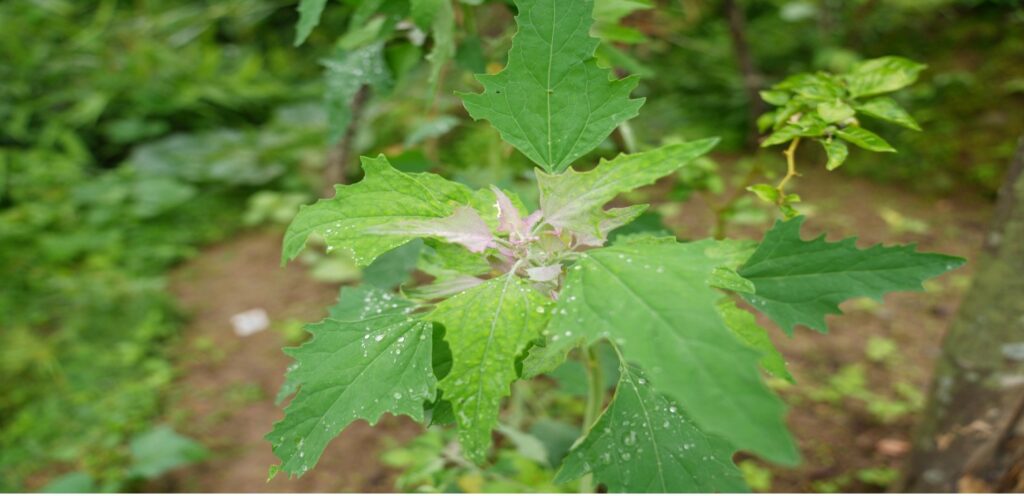
Picture 1. Bethe (wild spinach) is Iron-dense and folate-rich green leafy vegetables are commonly grown and eaten in the Karnali province.

Picture 2. Sisnu (nettle), a staple green in Karnali, is valued for its iron content and commonly included in local meals
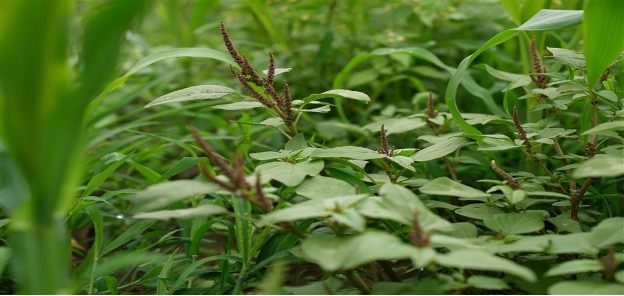
Picture 3. Amaranth leaves or latte or matye marse, as locally known in Karnali province, is one of the most consumed green leafy vegetables. Amaranth leaves are rich in iron and folates, essential for carrying oxygen in the blood and preventing anemia
-
Improved Health Services
Between 2016 and 2022, access to health services improved dramatically. Women receiving at least four antenatal care visits rose from 47% to 79%. Institutional deliveries increased from 36% to 72%. The percentage of women taking the full course of 180 iron-folic acid tablets during pregnancy grew from 42% to 63%. Deworming coverage also increased, from 82% to 87%. These improvements mean more women are screened, treated, and supported during pregnancy.
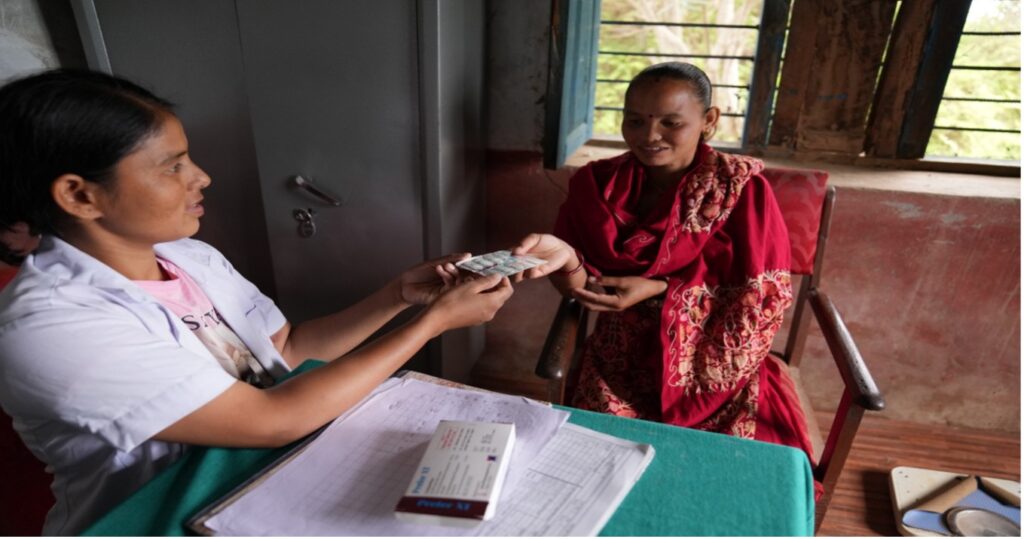
Picture 4. Auxiliary Nurse Midwife Kamala Kumari Shahi hands Kabita Khrti a pack of Iron-Folic-Acid (IFA) tablets during her routine antenatal checkup at Badalamji Health Centre, Dailekh, Karnali Province.
-
Fewer Closely Spaced Pregnancies
While adolescent pregnancy remains high in Karnali, the proportion of women with less than two years between pregnancies dropped from 24% to 17% between 2016 and 2022. This reduction lowers health risks for both mothers and babies
-
Focused Multi-Sector Action
Karnali has benefited from coordinated support across sectors, thanks to Nepal’s Multi-Sector Nutrition Plan (MSNP). MSNP adopts a multi-sectoral approach, integrating health, education, agriculture, WASH, and local governance to tackle malnutrition. MSNP started in 2013 in a few districts and is now adopted nationwide.
- Nine out of ten districts in Karnali implement the full package of interventions, with local governments appointing facilitators to coordinate across health, agriculture, education, and other sectors.
- Special initiatives like the Maternal Nutrition Kosheli programme provide cash transfers to women delivering in health facilities.
- In the five most food-insecure districts, the government and World Food Programme provide fortified food supply Wheat-Soya Blend (WSB+) to pregnant women and young children.
- Local governments have also launched innovative programs like distributing nutrition bags filled with local produce to pregnant and lactating women and initiatives promoting indigenous crops and organic food.
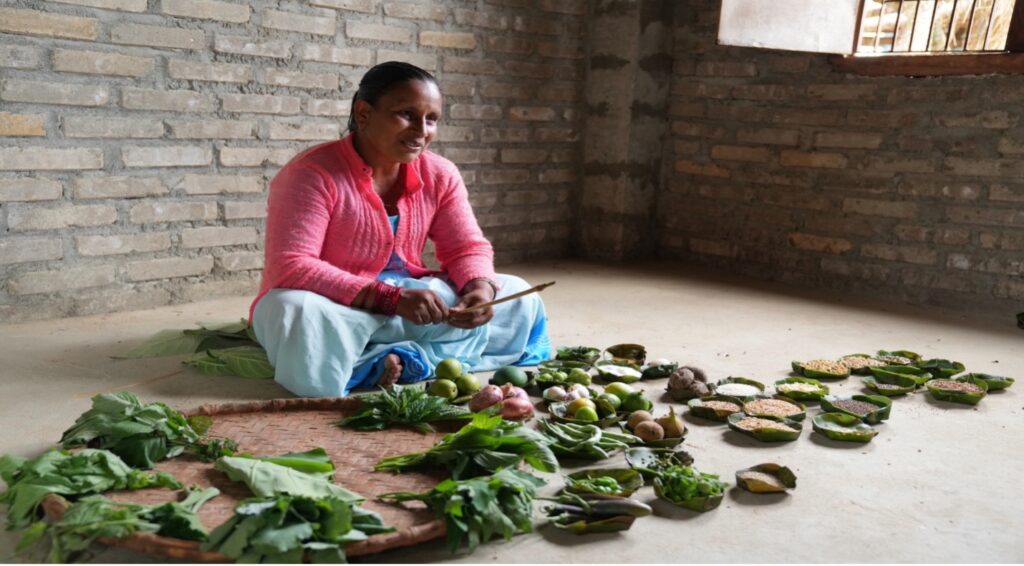
Picture 5. Shyama Upadhyaya, a Female Community Health Volunteer (FCHV), uses a “Poshan Nanglo” (Nutrition tray) to display locally available and nutritious/diverse food.
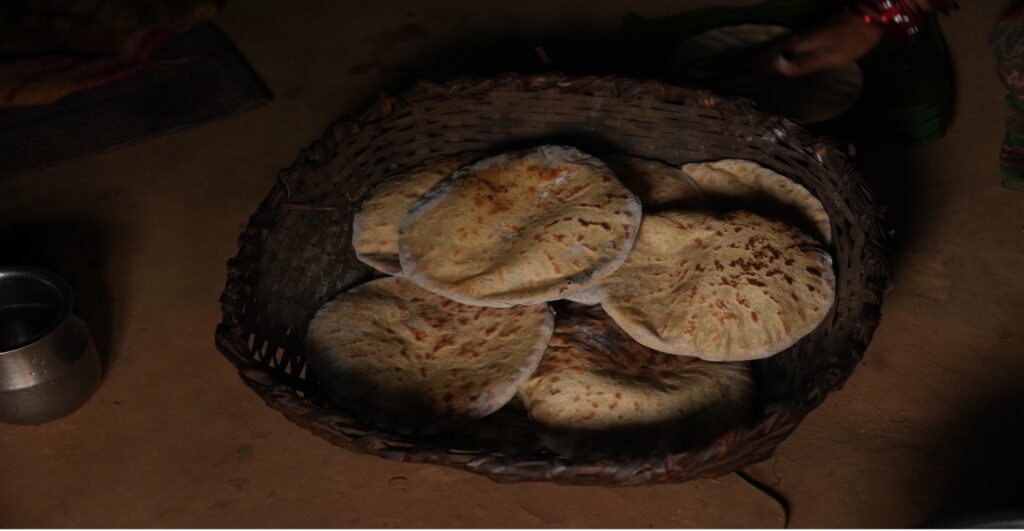
Picture 6. Freshly prepared rotis(flatbread) made of home-grown Jau(Barley) placed in bamboo basket.
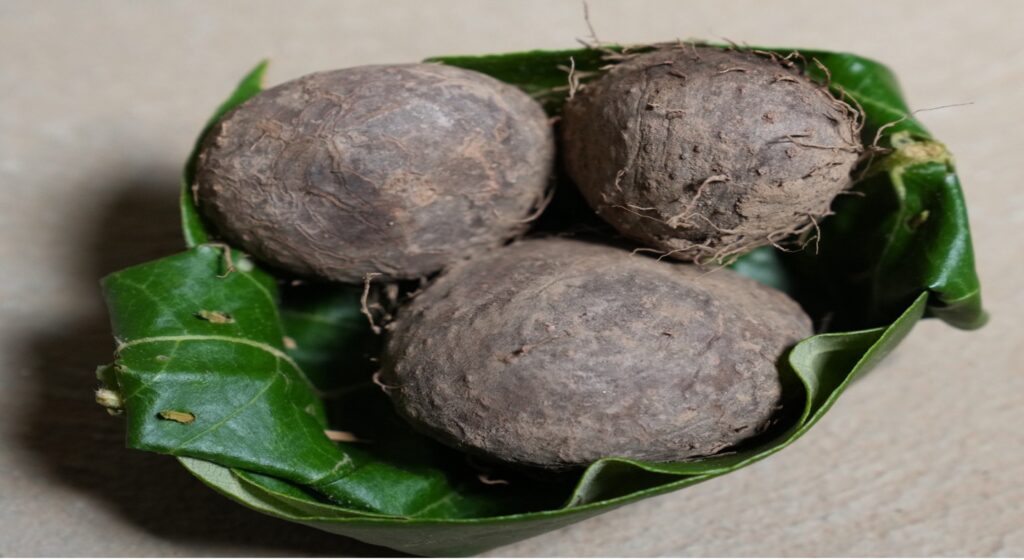
Picture 7. Bitter yam,also grown locally in Karnali, is commonly consumed by the local communities
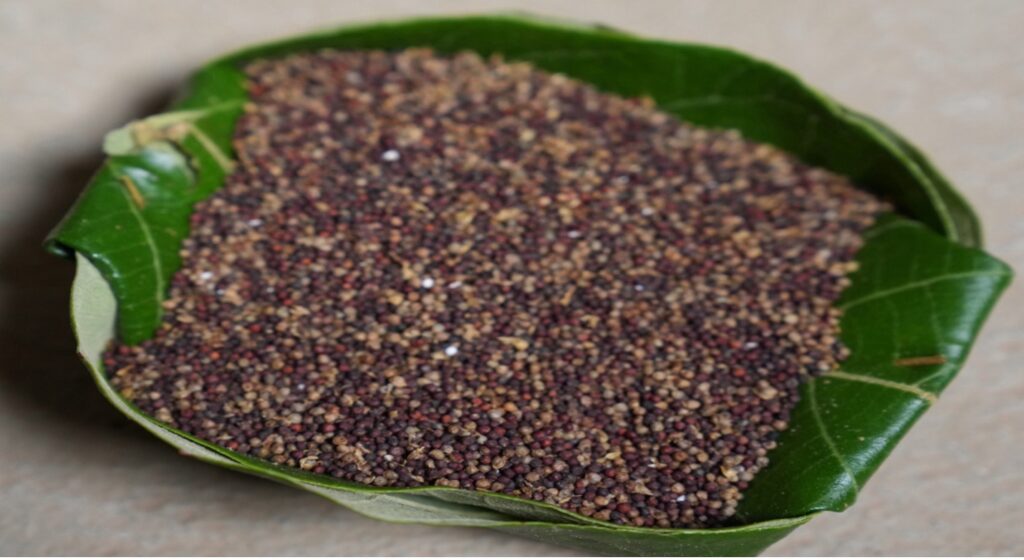
Picture 8. Finger millet (Ragi) is another nutrient-dense indigenous cereal, rich in iron and calcium, commonly grown and consumed in Karnali Province.
Regular monitoring and review ensure that progress is tracked and challenges addressed – from villages to the federal government level.
Lessons for Nepal and Beyond
Karnali’s experience shows that strong local leadership, community engagement, and multi-sector collaboration can drive progress, even in the poorest, most remote areas. For Nepal to meet its targets, high-burden provinces like Lumbini and Madhesh must scale up proven strategies such as cash transfers, fortified foods, and community-led programs. Globally, Karnali offers hope, proving that with the right local solutions and sustained investment, anaemia can be significantly reduced.
A Brighter Future
Without concerted action, 18 million more adolescent girls and women 15-49 years in South Asia could become anaemic by 2030. The return on investment is undeniable: every US$1 invested in maternal anaemia interventions yields an economic return of US$9.50. Karnali’s story proves that this challenge is not insurmountable. By investing in women’s health, empowering communities, and working across sectors, we can create a future where every woman and child has the chance to thrive.
Karnali is not just a success story – it’s a roadmap for change, showing the way forward for Nepal and beyond.
*Written informed consent was obtained by individuals depicted in the photos.
Authors: Shweta Rawal, Nutrition Specialist with over 10 years of experience in South Asia, currently supporting UNICEF Regional Office of South Asia on adolescent and maternal nutrition initiatives.
Vani Sethi, Regional Nutrition Specialist with UNICEF Regional Office of South Asia; a Ph. D (in Nutrition) and 23 years of work experience advancing adolescent and maternal nutrition and anemia prevention policy action in South Asia.
Tsering Pema Lama, Maternal Nutrition Consultant with UNICEF Regional Office of South Asia; an epidemiologist with a PhD in International Health and 13 years of work experience conducting maternal, child and newborn health and nutrition research and community based randomized controlled trials in Nepal.
Competing interest: None
Acknowledgements: The authors would like to thank Archana Dhinkar Bala (UNICEF Sri Lanka) for analytical support; Sher Singh Dahit (UNICEF Field office, Surkhet, Nepal for information collected from Karnali Province), Richard Kumapley and Monica Urrutia Flores (WHO Geneva for providing sub-national prevalence and projection estimates ) and Srijan Pun (UNICEF Regional Office for South Asia for providing photographs from Karnali Province) and Zivai Murira (UNICEF Regional Office for South Asia) and Lisa Rogers (WHO Geneva) for advisory support
Handling Editor: Neha Faruqui